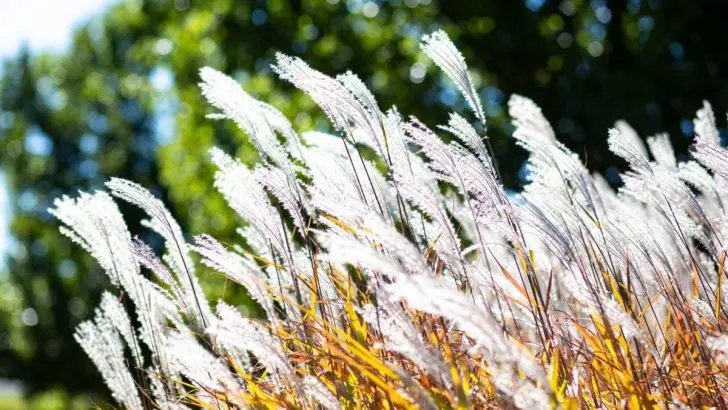The flame grass care guide is a very simple thing that even amateurs will learn very soon. If you feel like your garden needs a new ground cover plant, we present you the flame grass plant today.
Flame grass is definitely the best ornamental grass you can get nowadays. What makes this plant in the brightest possible colors so special?
These plants are perennials, shrubs with a nice flower on top, possibly made for planting in the ground or in containers.
They only need well-drained soil and sun to thrive successfully. If you don’t have time to water them, you can rely on water from when it rains.
They will give just enough amount of water to these plants. What does a flame grass once that’s planted need then?
Below, we bring you a simple care guide in detail for the flame grass plant. Let’s check it out.
About Ornamental Grasses-Flame Grasses Plants
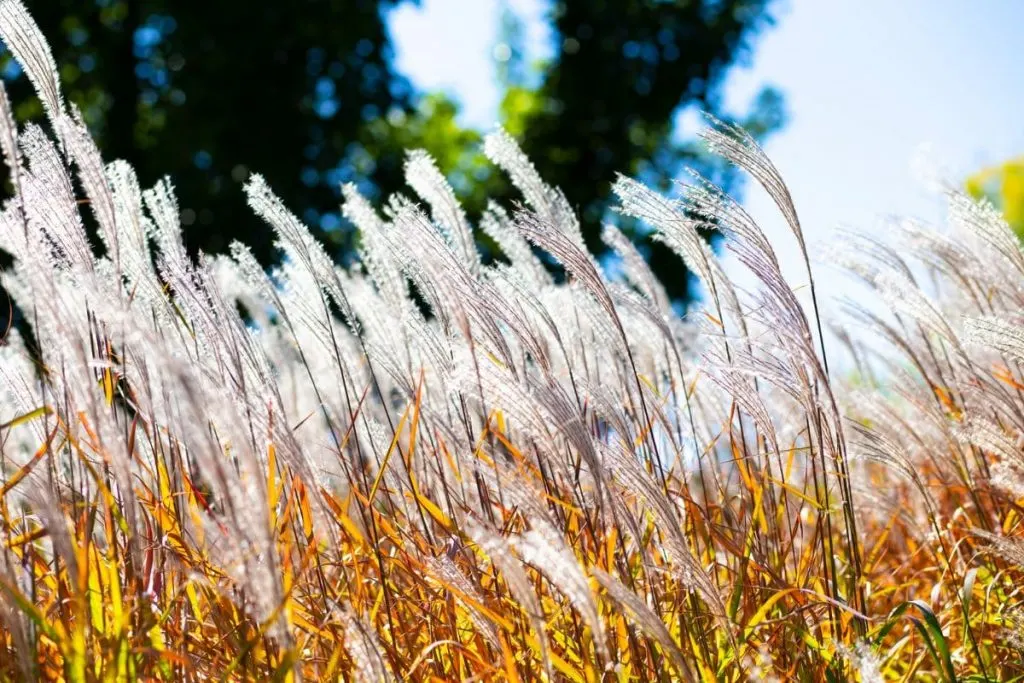
If you saw an amazing grass that reminds you a lot of pampas grass, it is not actually pampas. It is a flame grass, an exotic and simple grass coming all the way from Asia.
If you want to fill your garden with simple and colorful plants, this grass is your perfect choice.
What you’ll need is good moisture, clay soil, container and that is pretty much it. Soon enough you’ll have an amazing view in your garden that will say classy!
Before learning about their care guide, let’s see their botanical features first.
- Native habitat: eastern Asia
- Botanic name: miscanthus sinensis purpurascens/ miscanthus purpurascens
- Common names: versatile plant/ flame grass miscanthus/clump forming grass/maiden grass/ cottage gardens grass
- Family: Poaceae
- Hardiness zone: 4-9/ doesn’t stand the summer heat very well/ drought tolerant/
- Use: landscape plant/ ground cover
- Wildlife: deer resistant/ insects/ birds
- Height: taller grasses up to 5 feet high
- Leaf shape: dark green leaves/ upright form, the foliage turns into brilliant orange-red color in fall months
- Toxicity: can be toxic to some animals, tolerates air pollution
- Where to plant: full sun in the morning/partial shade position in the morning/
Care Guide For The Flame Grass
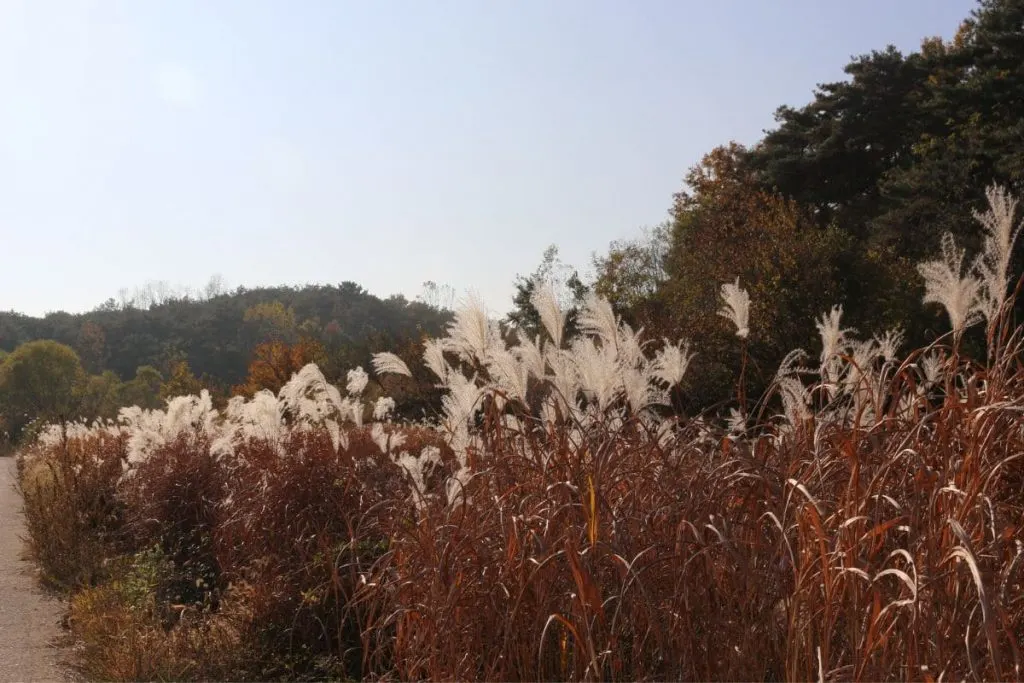
Now that we have finished the basic part of this plant, it is time to establish the fundamentals.
And that is the care guide for this plant. Regardless of how easy a plant is to maintain, it is important to determine the steps and routine of your plant.
If you do this at the very beginning, the plant will have a better chance of growing and thriving in your garden. Then let’s learn the flame grass care guide.
Is Flame Grass Invasive?
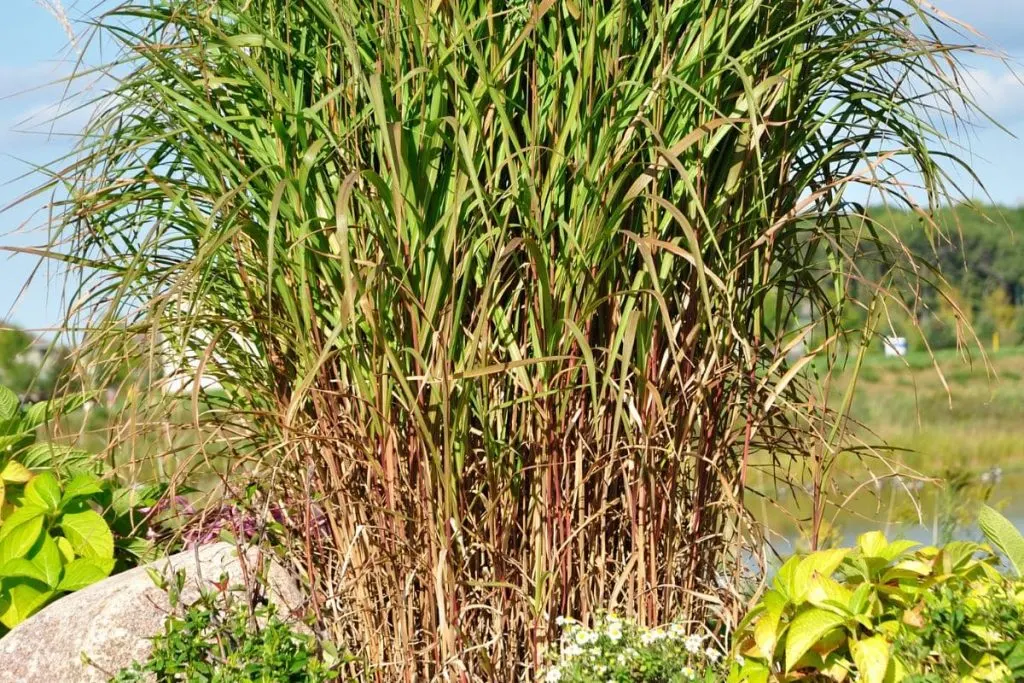
Flame grass has invasive roots. If you do not plant it in a container, there is a great possibility that it will multiply very quickly if planted directly in the ground.
However, the plant has many birds that are pollinators, so you may get extra flame grass in some places in your garden anyway. Especially if there is a light wind at the planted location.
Does Flame Grass Come Back Every Year?
After the time of “blooming” of this plant has passed, the plant will return again the following season.
Especially if you trim the damaged tops and make sure that the plant has good conditions during the winter. Then you will certainly have an even better and stronger flame grass plant in the next season.
Light Needs
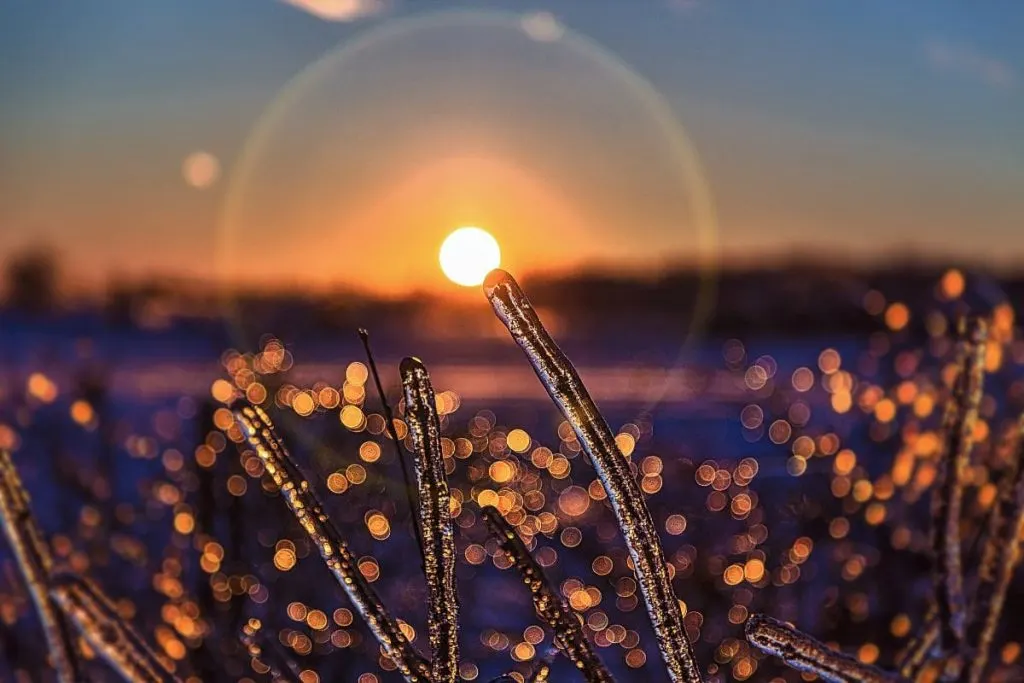
Flame grass is a plant that likes light, but not direct sunlight. It grows best in partial shade or in places where it receives only diffused light.
If you place flame grass in a place with a lot of direct sunlight, the leaves will dry quickly and the plant will lose its pristine appearance.
When planting the plant, you should place it in a place where it will receive diffused light throughout the day. If the plant is in the growth phase, it needs more light than when it is in the resting phase.
Also, it is important that the plant is protected from cold winds and that it is watered regularly, especially in dry weather.
In short, Flame Grass likes light, but not direct sunlight, so you should place the plant where it receives diffused light.
In late winter months, full sun is a must for this plant. In late summer and early fall, you can combine bright indirect light with partial shade. For winter interest it’s better to provide some sun for the plant.
Watering Needs

Particular importance should be given to watering flame grass in the first month after planting.
Later, water your flame grass every 3 to 4 days, but only if there is a dry spell. This grass has a relatively shallow root, but it has strong absorptive power.
If you water it less, don’t worry, this plant will not dry out. Watering is done early in the morning before the sun rises or in the evening. Avoid heat and direct sunlight during watering.
Water these plants by hand if they are planted in several containers. If these plants are still planted as a ground cover, we recommend that you get a sprinkler so that it waters everything evenly.
This system will water every surface and part evenly, and it will turn on and off automatically without your concern.
The type of water is not that important for this plant. You can use distilled water, rainwater as well as tap water.
Soil And Fertilizer
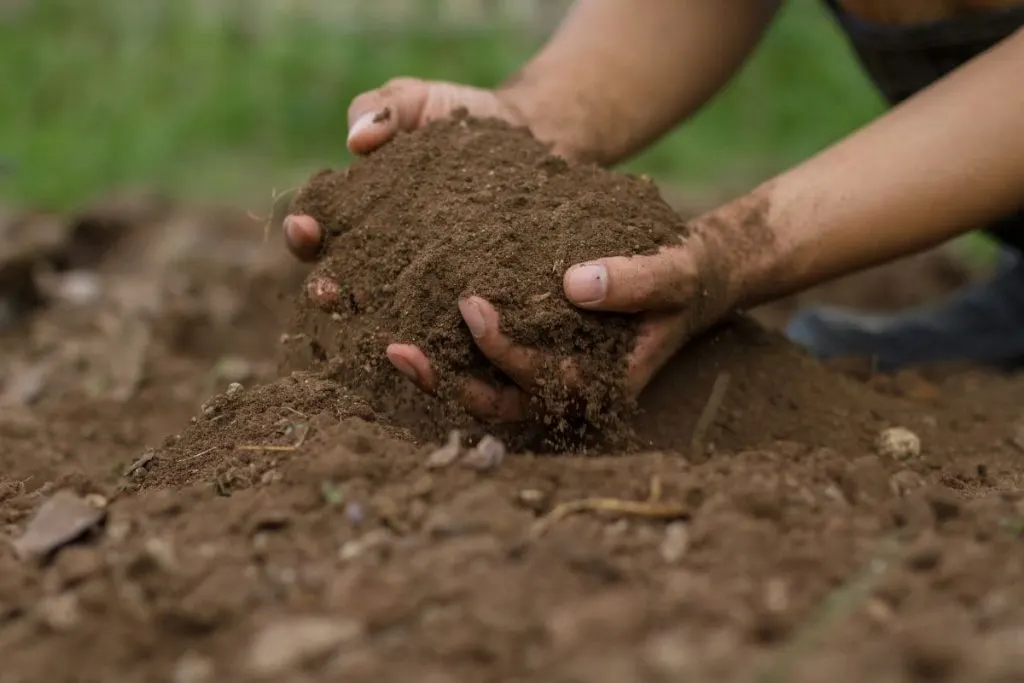
The soil in which you will plant your flame grass does not have to be excessively wet as we mentioned above.
But it is necessary to dig up the soil if you are planting directly in the ground without a container and to chop it up with a small garden hoe. Flame grass grows best in sandy soil.
Loosen the soil at least 4 inches deep before planting. Too much water in the soil that does not absorb very much can lead to the rotting of the roots very quickly.
But luckily for you, if you plant in containers, you have the opportunity for drainage holes.
If you plant directly in the ground, then this problem will be more difficult. Proper and regular fertilization will greatly help your plant to grow.
The grass is important for a better crop, the quality of your plant, the appearance of its leaves, etc. Fertilize after testing the soil.
This plant likes fertilizers with nitrogen in them the most. It is best to fertilize it in August and March.
Avoid heat and sun when fertilizing. Nitrogen fertilizers are added in the spring. Add potassium as it increases the plant’s resistance to drought.
Propagation
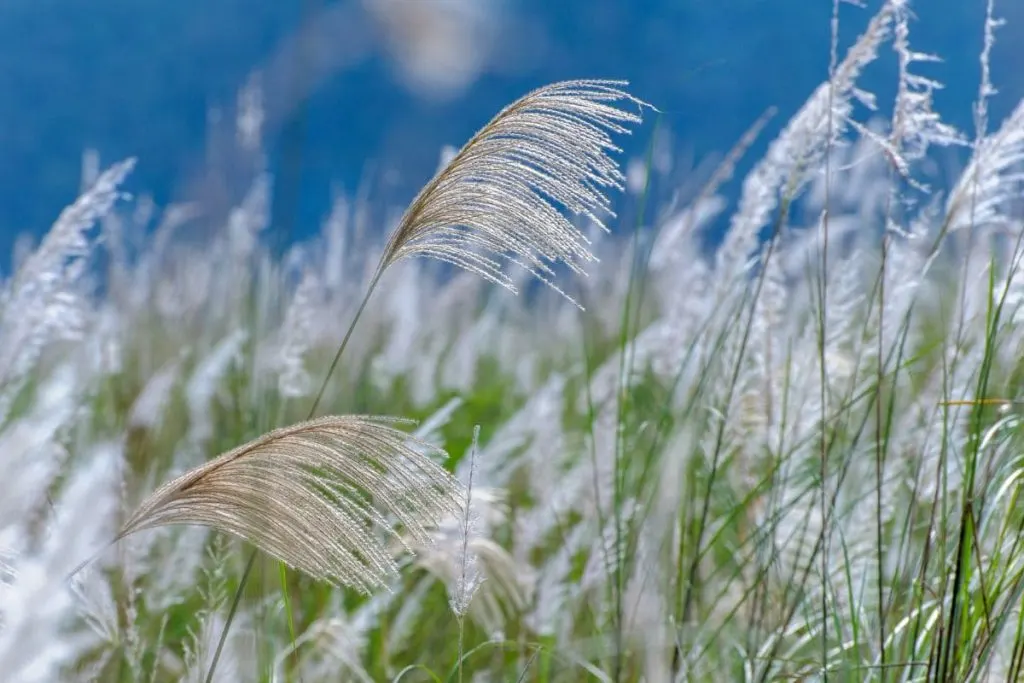
The fastest and easiest way to propagate this plant is from seed. In order for that planting to be 100% successful, you need to soak and fertilize the land well.
Use dry seeds that you have stored in a dry and cool place after “harvesting”. This is the most efficient way to propagate this plant.
Temperature And Humidity
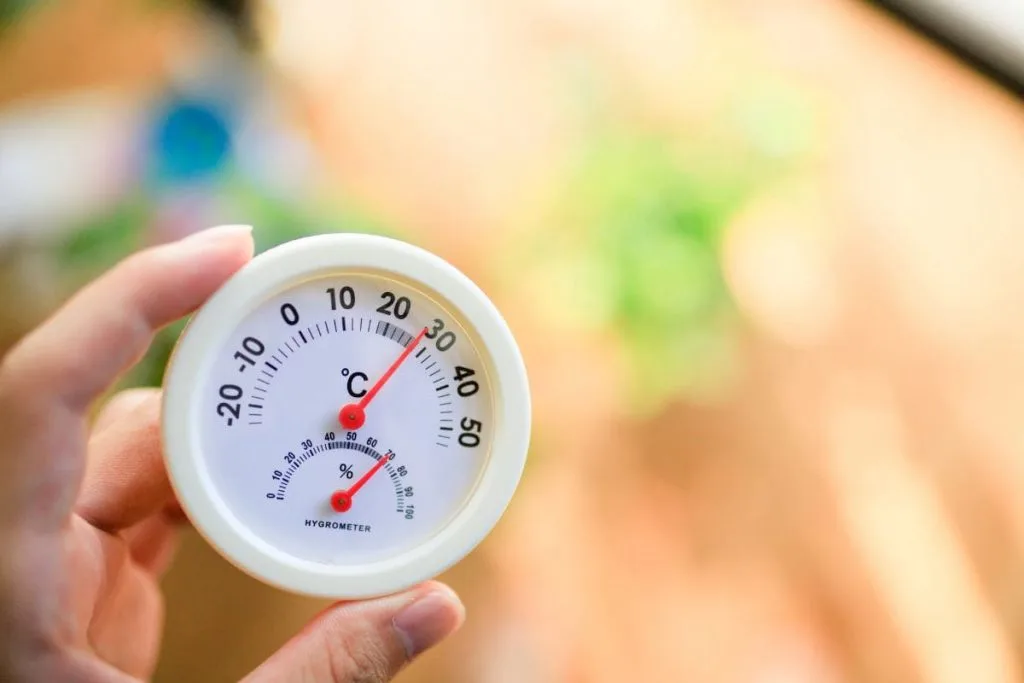
This plant cannot tolerate very cold temperatures, but it can grow in conditions with temperatures of 50 F.
It is best suited to a temperature ratio between 60 and 75 F. In such conditions, it will ideally grow and develop.
Humidity is not an ideal condition for this plant. She will look a bit droopy and you will see in her appearance that something is wrong. The best humidity is between 40 and 50 percent.
Wrapping Up About Flame Grass
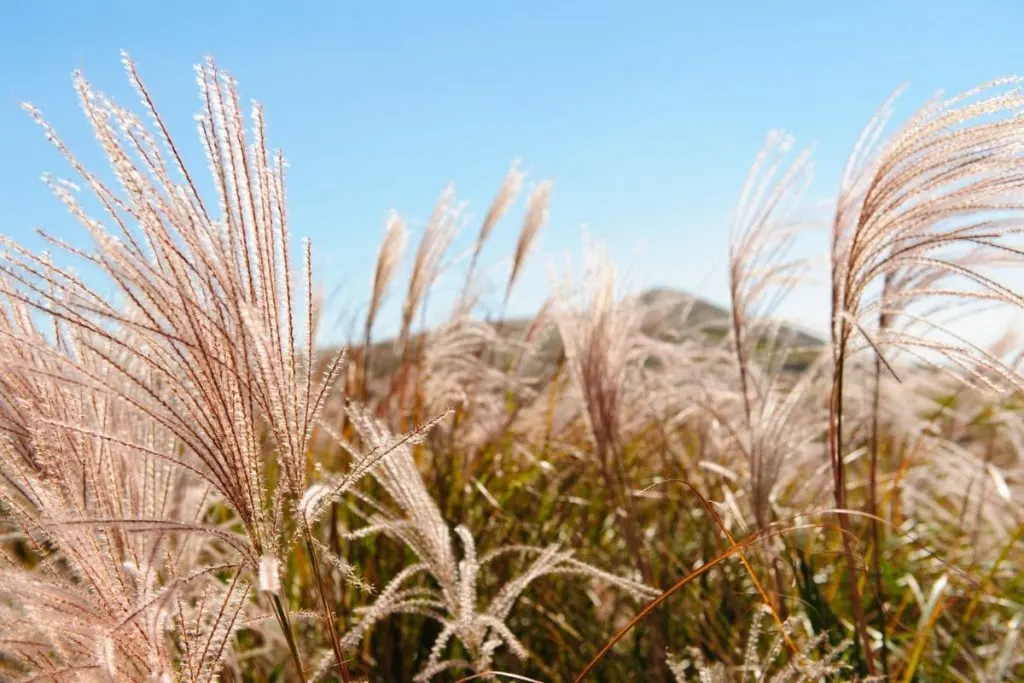
To satisfy the orange leaves of the amazing flame grass, you’ll need full sunlight in the morning and part shade in the afternoon. But as we said above, this plant is invasive and it will spread all around your garden.
They make great borders in yards. Planting this grass in a pot/container won’t give the opportunity to its invasive roots to the job. If you want to see a gorgeous garden full of these plants, you know what to do.
Plant them directly in the ground. Their planting season is early spring. You will have enough time for a shipment and decision of course.
If you enjoyed this article, consider reading about the similar fuzzy flowers you might like as well.
These bushes aren’t messy as well and won’t need any pruning. They are easily propagated from the seeds. Hope you’ve learned all of this by heart now.
That is all for today, hope you enjoyed it, see you soon with similar topics.

